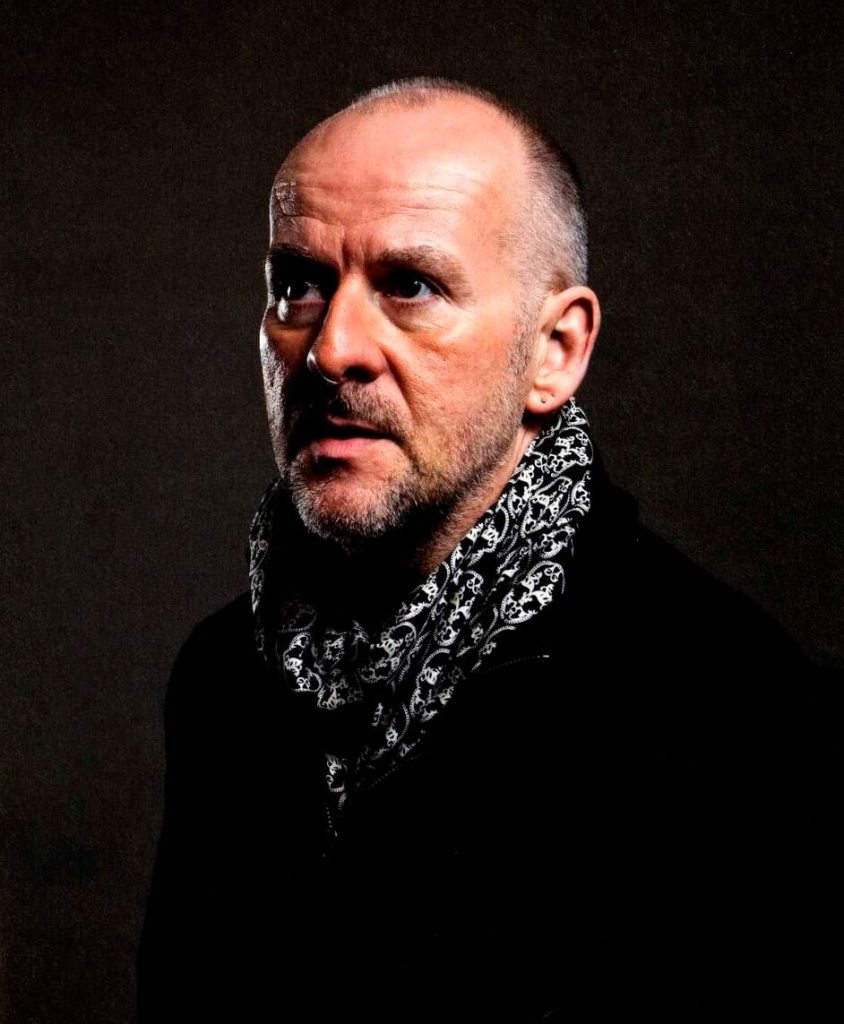
I am working on a project about memory, of history traces and what caused them. From my tutor Colin, I got the recommendation to read philosopher Simon Critchley’s book »Memory Theater«.
A small, nicely made book arrived, and I started to read. I expected a philosophical textbook and got a well written fictional text about a philosopher who receives twelve boxes from a late colleague. The boxes are labelled with the signs of the zodiac and contain texts and documents. While he works his way through the boxes, he tells the story of philosophy.
But it is also, and more critical for me, a story of memory. One of them that runs through the entire book is the idea of the »Memory Theater«. The idea of it was first described in the 18th century by Italian Guilio Camillo. It was thought as a wooden structure, based on Vitruv’s description of a Roman theatre. What makes it different is the fact that there is only one spectator, located on the stage, looking into space generally used for the audience (Fabrizi 2019). In the stories progress, Simon, the narrator, builds his memory theatre in a dutch garden.

»In the Aquarius box, I found many strange maps« (Critchley 2015, 9) is a quote from the book. And it fits my portfolio’s story. While researching, I found a lot of maps of the place, from simple geographical maps to aeronautical charts. But also more illustrative, showing the R.A.F. attacks in WWII or missile sites in Germany. I used some of them in my portfolio; they add another layer of information to the final composite landscapes.
But besides the maps, the idea of the memory theatre and how Critchley deals with it is fascinating. And he thinks about the relation of the past and the future. »Maybe the Hegelian memory theater is not just a map of the past, but a plan of the future, a predictive memory theater. Everyone could have their own memory theater. Everyone was their own memory theater« (Critchley 2015, 41). I think I can adapt it to the space I am investigating. I see and photograph the traces of the past; I use old images, postcards, documents to create my images. But I know that the decay of the traces points towards a future change. I am building my own »Memory Theater« with photography and design. Critchley also writes, that »With the association of memory with locus and location, the idea of a memory house, a memory place or a meory theater was born« (Critchley 2015, 16 – 17). Ok, I haven’t build a house, the theatre is, at this time, only digital as a website and a PDF. But the plan is to bring it into the physical form of a book and/ or an exhibition. In Critchley’s opinion, that a city or a town can be seen as a memory theatre. It is a »spatial network of memory traces« (Critchley 2015, 40). This is the way how I see the area I am discovering.
»Memory is repetition. Sure. But it is repetition with a difference. It is not recitation. It is repetition that creates a felt variation in the way things appear. Repetition is what makes possible novelty. This is what Mark E. Smith meant. Memory needs to be imagination. Transfiguration. Now, I saw it« (Critchley 2015, 82). This is the final sentence in the book, and I would agree. A lot of facts, like the area’s military use, often repeated, always, but always a little bit different. Before the military use, the area was a natural one. And today, a part of it is a natural reserve. In others, where there are ruins today, nature is working its way back. And where once American families lived, a new residential area will be built soon.
It was great fun to read this book, and I like, that he mentions The Fall sometimes (Mark E. Smith was their founder and their brain). Or, to cite Critchley the last time: »a mighty pop combo from Manchester, England, led by Mark E. Smith« (Critchley 2015, 91). Through Simon, I rediscovered The Fall and often listened to them while working on my portfolio.
Resources:
CRITCHLEY, Simon. 2015. Memory Theater. New York: Other Press.
FABRIZI, Mariabruna. 2019. ‘Spatializing Knowledge: Giulio Camillo’s Theatre of Memory (1519-1544) – SOCKS’. [online]. Available at: http://socks-studio.com/2019/03/03/spatializing-knowledge-giulio-camillos-theatre-of-memory-1519-1544/ [accessed 15 Nov 2020].
List Figures:
Figure 1: Todd KESSELMANN. 2009. Portrait of Simon Critchley. [online]. Available at: https://commons.wikimedia.org/wiki/File:Dark_Portrait_of_Simon_Critchley.jpg [accessed 7 Dec 2020].
Figure 2: Unknown maker. no Date. Camillo’s theatre. Stanford Visual Arts Services interpretation. [online]. Available at: http://socks-studio.com/2019/03/03/spatializing-knowledge-giulio-camillos-theatre-of-memory-1519-1544/ [accessed 15 Nov 2020].

You must be logged in to post a comment.